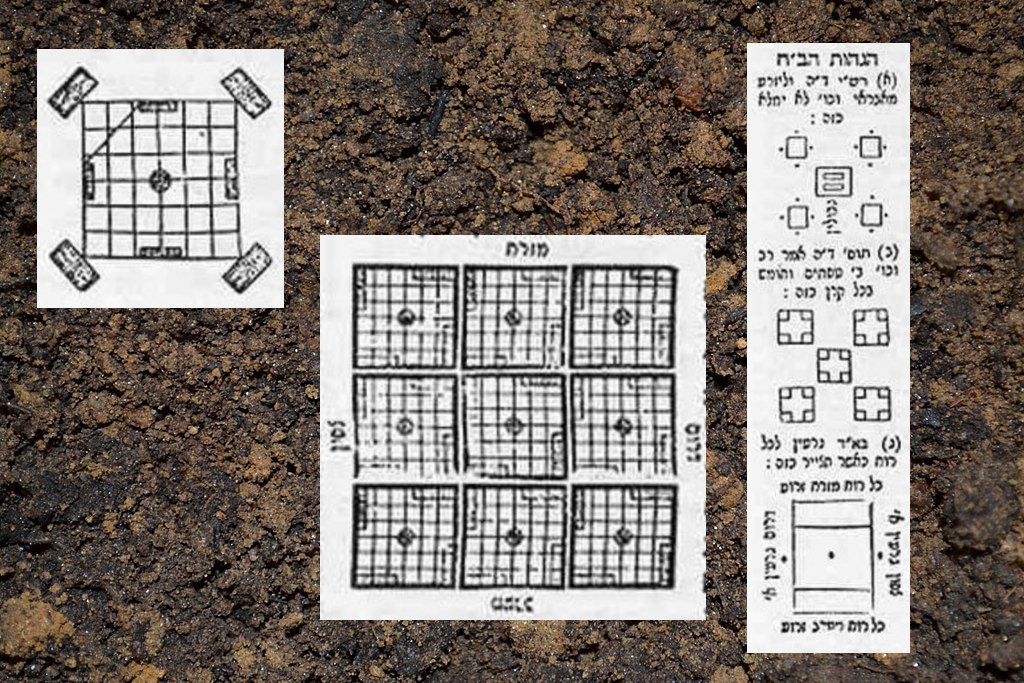After a final discussion of ritual purity and impurity, this time as it pertains to ships, today’s daf pivots to a new mishnah on kilayim, the prohibition against mixing certain kinds of materials and, in this specific case, intermingling different kinds of seeds. At hand: how can different vegetables all be planted in one vegetable patch without running afoul of the laws of kilayim?
From where is it derived that in a garden bed that is six by six handbreadths, one may plant five different types of seeds? One sows four types of plants on each of the four sides of the garden bed and one in the middle.
There is an allusion to this in the text, as it is stated: For as the earth brings forth its growth, and as a garden causes its seeds to grow, so will the Lord God cause justice and praise to spring forth before all the nations (Isaiah 61:11).
“Its seed,” in the singular, is not stated; rather, “its seeds,” is written in the plural.
Therefore, several seeds may be planted in a small garden.
The verse from Isaiah speaks of “seeds” (plural) in a single garden — proving for the rabbis that it is possible to sew one’s patch with more than one type of vegetable. But the Gemara probes deeper into the verse, finding in it a hidden message about just how many varieties are possible in one bed:
From where is it inferred that the verse refers to five types of seeds? Rav Yehuda said that it is derived as follows: “For as the earth brings forth its growth” indicates five types of seeds because “brings forth” represents one and “its vegetation” represents one, and that totals two. “Its seeds” written in the plural, represents at least two, and that totals four. “Cause to grow” is one more.
The Gemara continues (onto 85a-b as well) by exploring the geometry of how all five seed types can be planted while keeping each species distinct. The laws of kilayim are complicated. If you look at the page in the classic Vilna edition, today begins a set of pages with actual illustrations in the marginal commentaries, but even the sketches are insufficient for the commentators to work out the exact horticultural solutions offered by our sages. Here are some examples:
On a practical level, it is wise to separate different kinds of plants in your garden. Keeping them apart from one another is generally good for ideal nourishment and a smooth harvest season. But the capacity of mitzvot to teach us important lessons reaches beyond the practical. The Hasidic masters understand this verse as offering a hint as to how we should build our villages and communities, our little squares populated by unique individuals. While we come together through what we have in common, the laws of kilayim urge us to keep each person, unique and created in the image of God, distinct. By giving each room to grow and thrive, our communities will be both just, with each person maintaining his or her own voice, and praiseworthy, bursting forth and healthy, with distinct colors and flavors. Truly, then, “justice and praise will spring forth among the nations.”
Read all of Shabbat 84 on Sefaria.
This piece originally appeared in a My Jewish Learning Daf Yomi email newsletter sent on May 29, 2020. If you are interested in receiving the newsletter, sign up here.
With your help, My Jewish Learning can provide endless opportunities for learning, connection and discovery.




